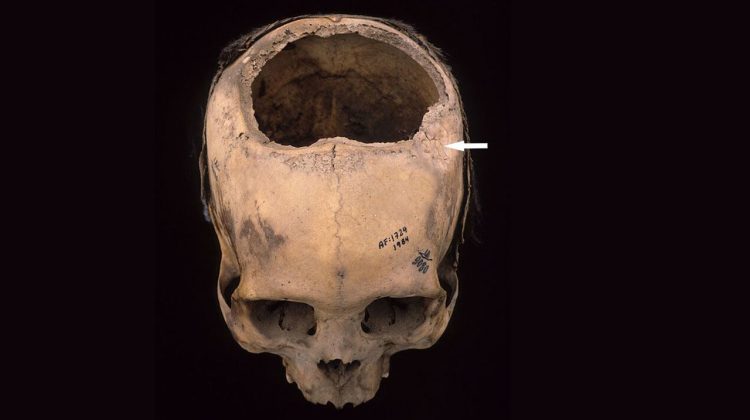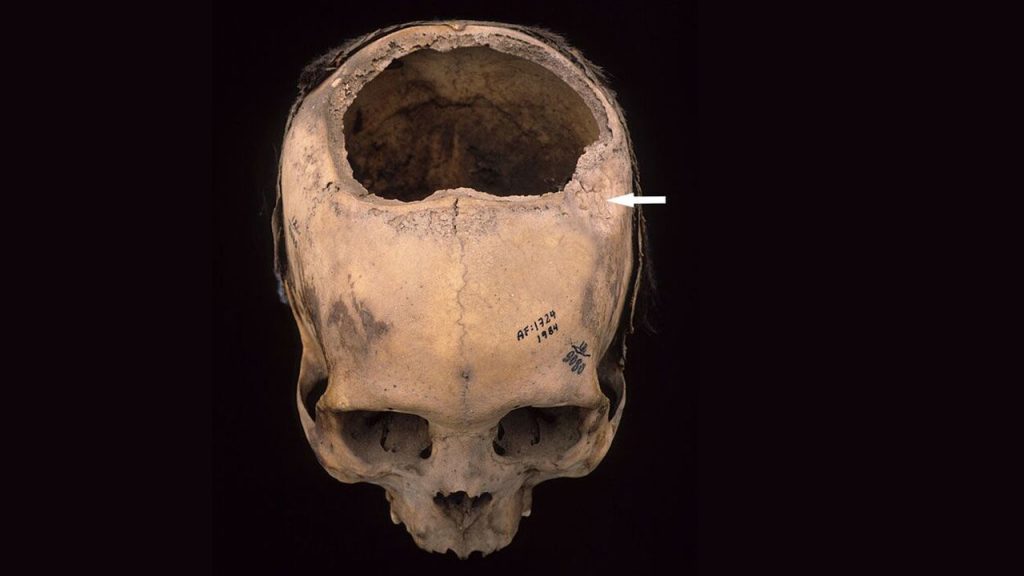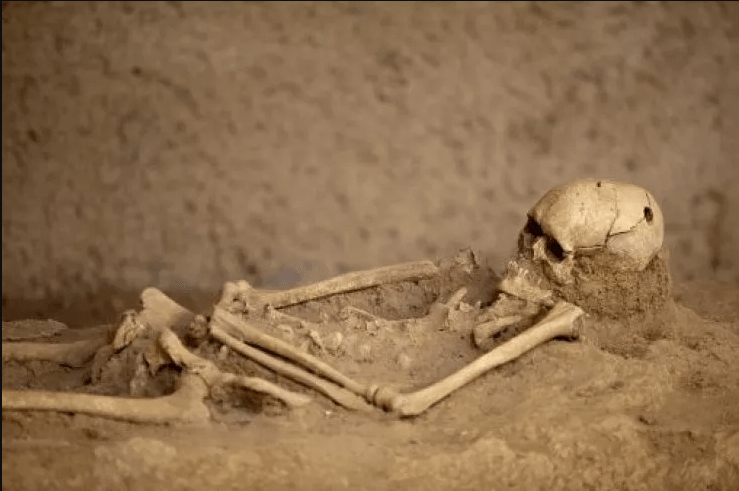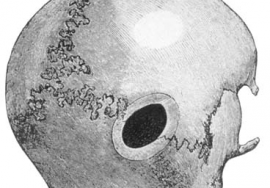
Inca Civilization was Better at Skull Surgery
Cranial surgery without modern anesthesia and antibiotics may sound like a death sentence. But trepanation—the act of drilling, cutting, or scraping a hole in the skull for medical reasons—was practiced for thousands of years from ancient Greece to pre-Columbian Peru (Figure 1). Not every patient survived. But many did, including more than 100 subjects of the Inca Empire. A new study of their skulls and hundreds of others from pre-Columbian Peru suggests the success rates of premodern surgeons there was shockingly high: up to 80% during the Inca era, compared with just 50% during the American Civil War some 400 years later [1].

The ancient Peruvian Civilization was known for using the trepanation techniques as well, with the first verified case of trepanation on a living person for a therapeutic neurosurgical procedure being performed around 400 BC in the southern coast of Peru. The ancient Peruvians developed a quadrilateral trepanation; the burr holes consisted of four rectilinear incisions. This technique subsequently spread to various areas in the Peruvian highlands and was in practice until the Incan conquest in 1532 AD. Many of the trepanned skulls demonstrated evidence of survival, but no biological activity [2]. Therefore, it has been concluded that these procedures were performed immediately before or after death [3].
Trepanation likely started as a treatment for head wounds, after a traumatic injury, such surgery would have cleaned up skull fractures and relieved pressure on the brain, which commonly swells and accumulates fluid after a blow to the head. But not all trepanned skulls show signs of head injuries, so it’s possible the surgery was also used to treat conditions that left no skeletal trace, such as chronic headaches or mental illnesses. Trepanned skulls have been found all over the world, but Peru, with its dry climate and excellent preservation conditions, boasts hundreds of them.
For the new study, to systematically study trepanation’s success rate across different cultures and time periods. 59 skulls have been examined from Peru’s southern coast dated to between 400 B.C.E. to 200 B.C.E, 421 from Peru’s central highlands dated from 1000 C.E. to 1400 C.E., and 160 from the highlands around Cusco, capital of the Inca Empire, from the early 1400s C.E. to the mid-1500s C.E. If the bone around the surgical hole showed no signs of healing, the researchers knew the patient died either during or very shortly after the surgery. Smooth bone around the opening showed that the patient had survived for months or years after the procedure.
“The outcomes were amazing, just 40% of the earliest group survived the operations. But 53% of the next group survived, followed by 75% to 83% during the Inca period, another study. (A shocking 91% of patients survived in an additional sample of just nine skulls from the northern highlands between 1000 C.E. and 1300 C.E.) (Figure 2).

Techniques also seemed to improve over time, resulting in smaller holes and less cutting or drilling and more careful “grooving,” which would have reduced the risk of puncturing the brain’s protective membrane called the dura mater and causing an infection. Over 1000 years of refining their methods, the surgeons performing this are so skilled. Several patients appear to have survived multiple trepanations; one Inca-era skull showed five healed surgeries.
Based on current evidence, it appears that Peruvians performed more trepanations and subsequently made more discoveries in trepanation. Peru, therefore, is considered the center of trepanations [2].
References:
1 Thompson, C.: ‘The evolution and development of surgical instruments’, British Journal of Surgery, 1938, 25, (99), pp. 479-486
2 ReFaey, K., Clifton, W., Quinones, G.C., Tripathi, S., and Quiñones-Hinojosa, A.: ‘Mysterious Civilizations: Is There a Connection between Medicine and Architecture in Ancient Egypt and Peru?’, Cureus, 2019, 11, (4)
3 Rytel, M.M.: ‘Trephinations in ancient Peru’, Polish medical science and history bulletin, 1962, 5, pp. 42-45

